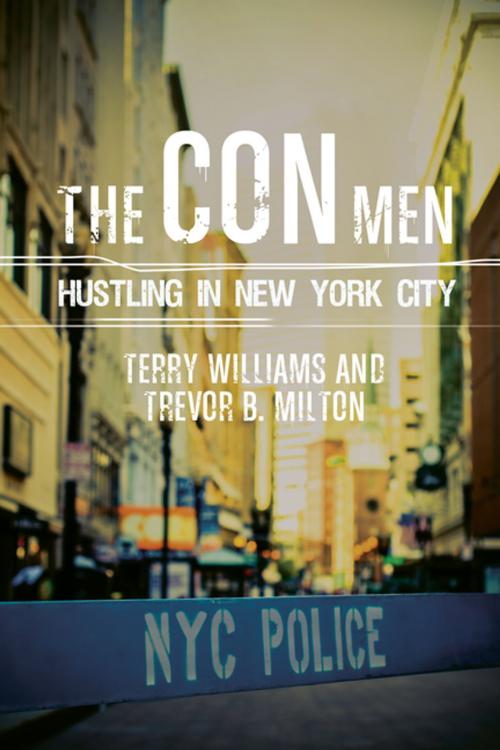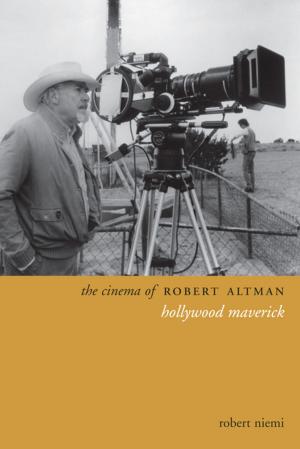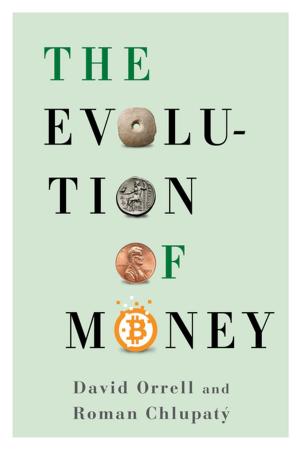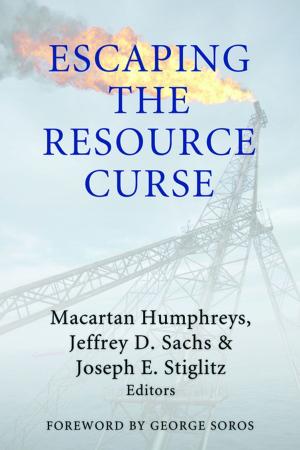The Con Men
Hustling in New York City
Nonfiction, Social & Cultural Studies, Social Science, Sociology, Urban, Crimes & Criminals, Criminology| Author: | Terry Williams, Trevor Milton | ISBN: | 9780231540490 |
| Publisher: | Columbia University Press | Publication: | November 10, 2015 |
| Imprint: | Columbia University Press | Language: | English |
| Author: | Terry Williams, Trevor Milton |
| ISBN: | 9780231540490 |
| Publisher: | Columbia University Press |
| Publication: | November 10, 2015 |
| Imprint: | Columbia University Press |
| Language: | English |
This vivid account of hustling in New York City explores the sociological reasons why con artists play their game and the psychological tricks they use to win it. Terry Williams and Trevor B. Milton, two prominent sociologists and ethnographers, spent years with New York con artists to uncover their secrets. The result is an unprecedented view into how con games operate, whether in back alleys and side streets or in police precincts and Wall Street boiler rooms.
Whether it's selling bootleg goods, playing the numbers, squatting rent-free, scamming tourists with bogus stories, selling knockoffs on Canal Street, or crafting Ponzi schemes, con artists use verbal persuasion, physical misdirection, and sheer charm to convince others to do what they want. Williams and Milton examine this act of performance art and find meaning in its methods to exact bounty from unsuspecting tourists and ordinary New Yorkers alike. Through their sophisticated exploration of the personal experiences and influences that create a successful hustler, they build a portrait of unusual emotional and psychological depth. Their work also offers a new take on structure and opportunity, showing how the city's unique urban and social architecture lends itself to the perfect con.
This vivid account of hustling in New York City explores the sociological reasons why con artists play their game and the psychological tricks they use to win it. Terry Williams and Trevor B. Milton, two prominent sociologists and ethnographers, spent years with New York con artists to uncover their secrets. The result is an unprecedented view into how con games operate, whether in back alleys and side streets or in police precincts and Wall Street boiler rooms.
Whether it's selling bootleg goods, playing the numbers, squatting rent-free, scamming tourists with bogus stories, selling knockoffs on Canal Street, or crafting Ponzi schemes, con artists use verbal persuasion, physical misdirection, and sheer charm to convince others to do what they want. Williams and Milton examine this act of performance art and find meaning in its methods to exact bounty from unsuspecting tourists and ordinary New Yorkers alike. Through their sophisticated exploration of the personal experiences and influences that create a successful hustler, they build a portrait of unusual emotional and psychological depth. Their work also offers a new take on structure and opportunity, showing how the city's unique urban and social architecture lends itself to the perfect con.















